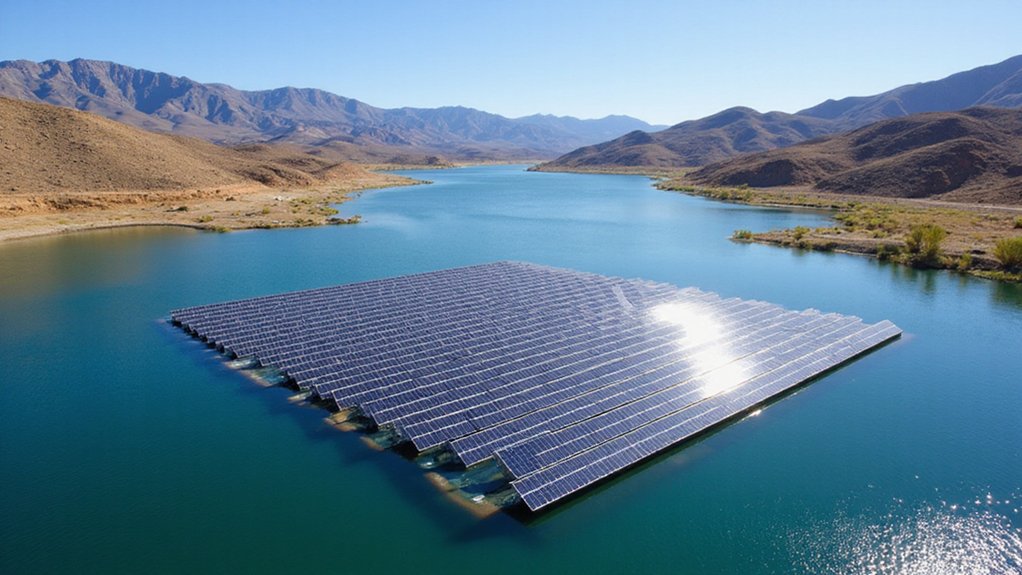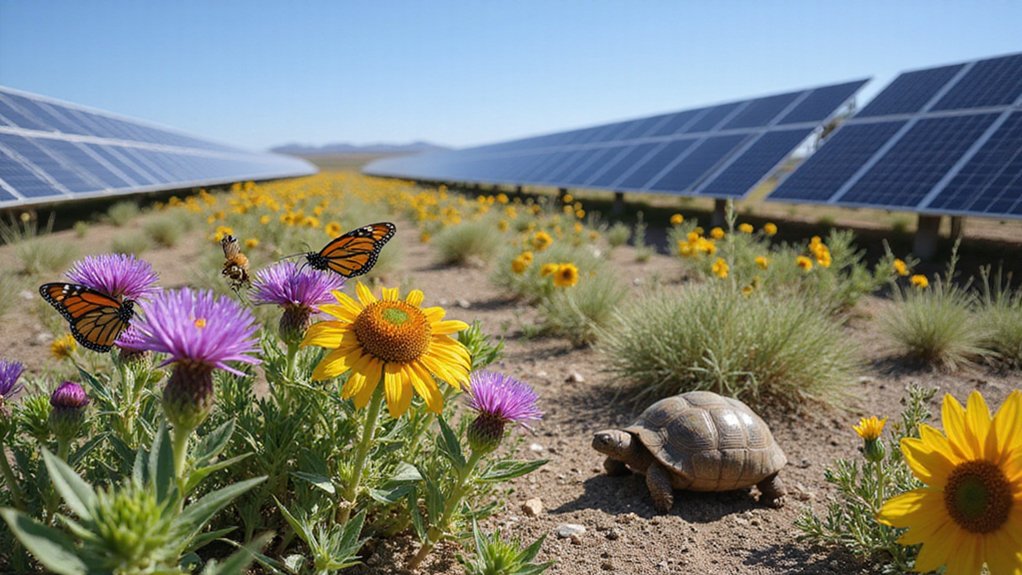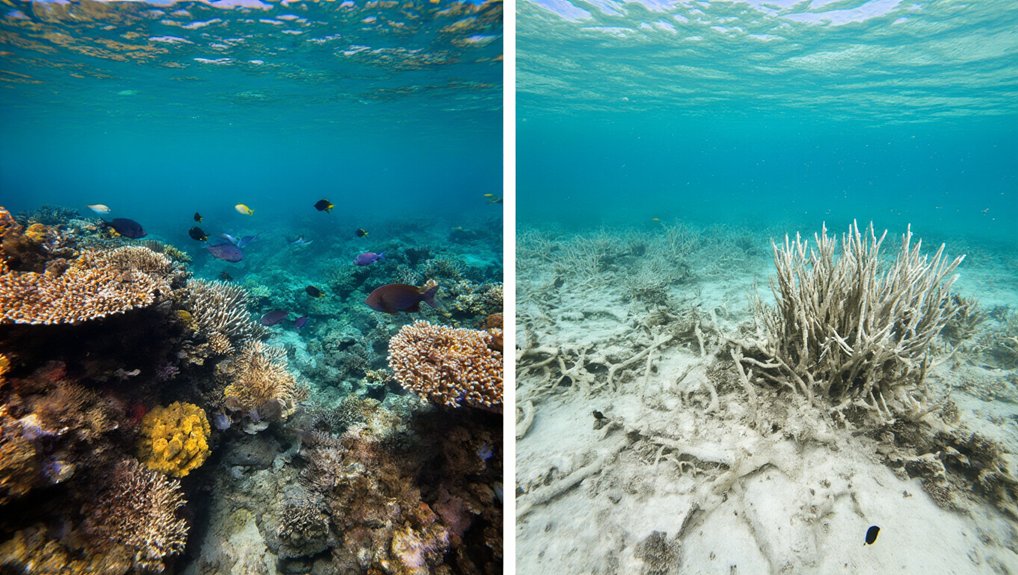Public lands face increasing challenges as bicycle innovations, particularly e-bikes, transform trail usage. The Sea Otter 2025 event will highlight how these lands fuel advancements in cycling technology while addressing environmental concerns. Federal agencies are studying e-bike impacts to develop management strategies. Maintaining public land access remains critical for both recreation and the economic benefits cycling brings to local communities. The relationship between conservation and innovation continues to evolve.
As more cyclists hit the trails across America’s public lands, a wave of innovation is reshaping both access and policy. Public lands continue to attract growing numbers of outdoor enthusiasts, with cyclists enjoying everything from BLM natural surface trails in Moab to paved roads in Shenandoah National Park.
The rise of e-bikes represents one of the biggest changes in public land use. Federal agencies are now studying e-bike riders and developing new management strategies. The Federal Highway Administration has funded research on “Future of E-Bikes in Public Lands” to better understand this trend. This comprehensive project represents the first national-scale effort to study e-bikes in public lands.
Electric bicycles are reshaping how we experience public lands, prompting agencies to adapt policies for this growing trend.
Public land access faces significant challenges. The Public Lands in Public Hands Act, a bipartisan bill, aims to prohibit sale or transfer of Department of Interior and U.S. Forest Service lands. This protection is essential since access to trails depends on public lands remaining publicly owned.
Transportation funding presents another opportunity for improvement. Current Federal Lands Transportation Program (FLTP) funding focuses mainly on highways and bridges. Advocates are pushing for dedicated Active Transportation Bicycle Infrastructure Funding to create safer riding conditions and expand access.
Communities near public lands are discovering economic benefits from cycling. Mountain biking and cycling events bring visitors who support local businesses. The increasing popularity of both traditional bikes and e-bikes is expected to boost demand for cycling-related goods and services. This trend mirrors the renewable energy sector which creates three times more jobs than traditional industries.
Safety remains a key concern as user numbers grow. Protected bike infrastructure is needed to address current gaps that create hazards. Multi-use trails require careful management to accommodate different users safely.
Environmental sustainability balances with recreational access through evolving trail design and maintenance practices. Land managers work to minimize environmental impact while providing quality experiences. Technological advancements in bicycle manufacturing are creating products with lightweight materials that reduce trail impact while enhancing performance.
The upcoming Sea Otter 2025 event will showcase these innovations and challenges. Industry leaders, public land managers, and advocacy groups will gather to discuss how bicycle technology and public lands policies can evolve together.
The future of cycling on public lands depends on maintaining access while embracing new technologies like e-bikes.
References
- https://www.tpl.org/wp-content/uploads/2025/04/040225_Green-Paper_Mountain-Biking_FINAL3.pdf
- https://www.americantrails.org/resources/the-future-of-e-bikes-on-public-lands-how-to-effectively-manage-a-growing-trend
- https://www.news.market.us/bicycle-statistics/
- https://www.americantrails.org/resources/electric-bicycle-e-bike-trends-impacts-and-opportunities-literature-review-summary
- https://www.peopleforbikes.org/news/five-priorities-for-increasing-bicycle-access-on-p








